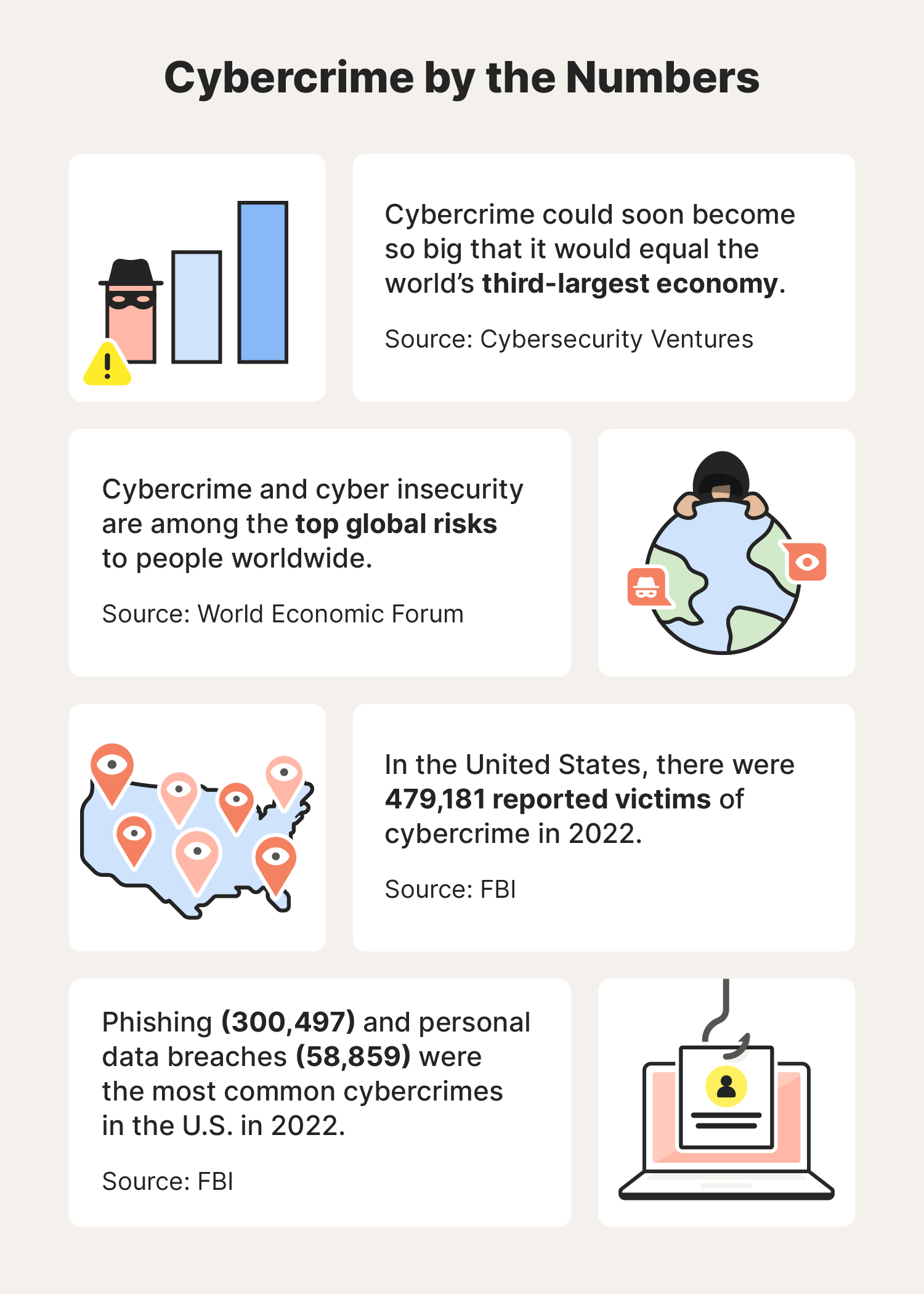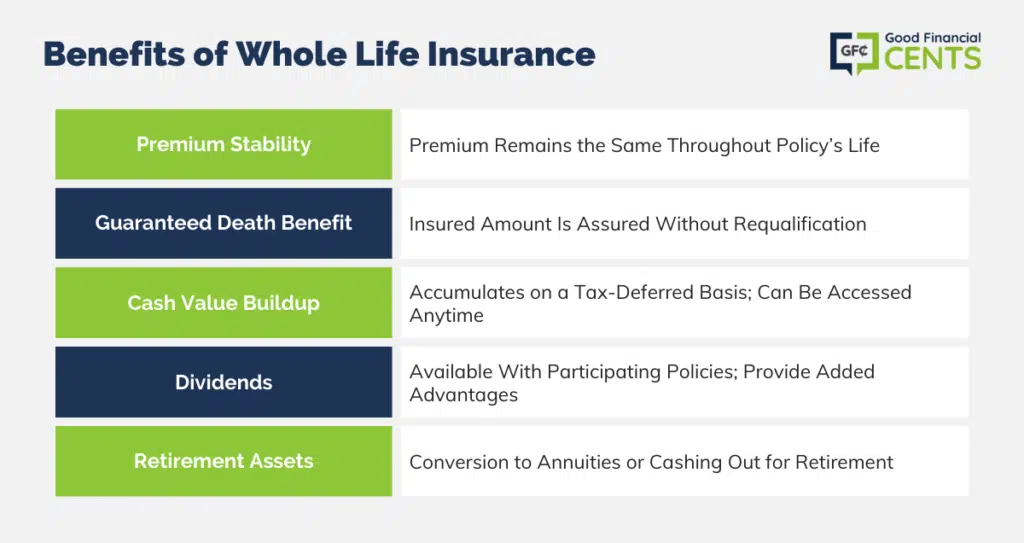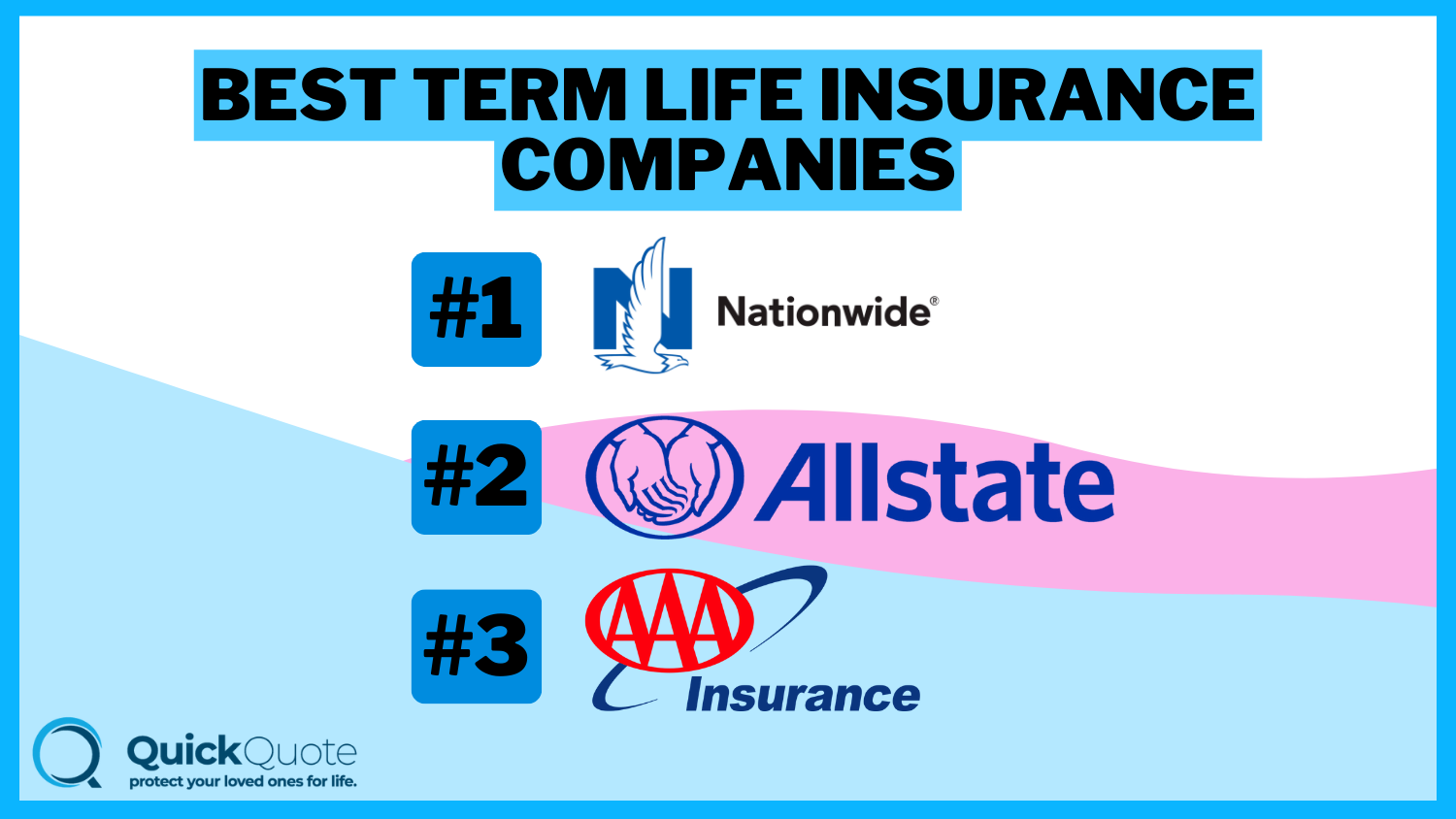Car Accident With Only Liability Insurance
Getting into a car accident is never fun especially when you only have liability insurance. But knowing what to do can help you get through the process as smoothly as possible. Here’s a step-by-step guide on what to do when you get into a car accident with only liability insurance.
What to Do After a Car Accident With Only Liability Insurance
1. **Stay calm and assess the situation.** The first thing you should do after a car accident is to stay calm and assess the situation. Check to see if you or anyone else is injured. If you or anyone else is injured, call 911 immediately.
Once you’ve checked for injuries, you should move your car to the side of the road, if possible. This will help to prevent further accidents and keep the scene safe.
Next, you should exchange information with the other driver(s) involved in the accident. This includes your name, address, phone number, and insurance information. You should also take pictures of the accident scene and any damage to your car.
-
Call your insurance company. Once you’ve exchanged information with the other driver(s), you should call your insurance company to report the accident. Your insurance company will be able to help you file a claim and get your car repaired or replaced.
-
Cooperate with the insurance companies. Both of your insurance companies will likely want to investigate the accident and determine who is at fault. You should cooperate with both insurance companies and provide them with any information they request.
-
Get a copy of the police report. If there was a police report, you should request a copy of the report. The police report will contain important information about the accident, such as the date, time, location, and the names of the drivers involved.
-
Consider hiring an attorney. If you have been seriously injured in the accident, you may want to consider hiring an attorney. An attorney can help you protect your rights and get you the compensation you deserve.
Liability Insurance
Liability insurance is the type of car insurance that covers damage to other people’s property or injuries. If you are in an accident and you are at fault, your liability insurance will cover the other party’s damages. Liability insurance does not cover damage to your own car or injuries.
If you have only liability insurance, you will be responsible for paying for the damages to your own car and any injuries you sustain. This can be a significant financial burden, so it’s important to make sure you have enough liability insurance to cover potential damages.
Conclusion
Getting into a car accident is never fun, but it’s important to know what to do if you find yourself in this situation. By following these steps, you can help to protect yourself and your interests.
Car Accident with Only Liability Insurance
Being involved in a car accident is never fun, but it can be especially stressful if you only have liability insurance. Liability insurance covers damage to other people’s property and injuries, but it doesn’t cover your own damages. This means that if you’re in an accident and you’re at fault, you could be on the hook for thousands of dollars in repairs.
Steps to Take After an Accident
If you’re involved in a car accident, there are a few things you should do to protect yourself and your interests:
1. Call the police.
This is the first step you should take after any accident. The police will create a report that can be used as evidence in case of a dispute.
2. Exchange information with the other driver(s).
This includes your name, address, phone number, insurance information, and license plate numbers. Politely ask if they’re okay and not hurt. If they appear to be hurt, call 911 for medical assistance. Even if there are no visible injuries, it’s smart to seek medical attention, as some injuries may not manifest immediately.
3. Take photos of the damage.
This will help you document the extent of the damage and provide evidence to your insurance company. Take pictures of both vehicles involved in the accident, as well as any other property that was damaged. Don’t forget to photograph any visible injuries you or other passengers may have sustained.
4. Get a copy of the police report.
This document will provide you with an official record of what happened. You can usually request a copy of the police report from the police department that responded to the accident.
5. Contact your insurance company.
You should report the accident to your insurance company as soon as possible. They will be able to help you file a claim and get your car repaired or replaced.
6. Get a medical checkup.
Even if you don’t feel injured, it’s important to get a medical checkup after an accident. Some injuries, such as whiplash, may not show up right away.
7. Hire an attorney.
If you’re seriously injured or if the other driver is disputing fault, you may want to consider hiring an attorney. An attorney can help you protect your rights and get you the compensation you deserve.
Car Accident Liability and Insurance: Navigating the aftermath
Getting entangled in an auto accident, especially when you’re only armed with liability insurance, can be a daunting experience. While such coverage won’t cover your own expenses, it will protect you from potential lawsuits filed by the other party involved in the crash. Understanding your options and the process that follows is crucial to safeguarding your interests and moving forward with minimal financial burden.
Determining Fault
Establishing fault is paramount in determining who is responsible for the accident and, subsequently, who bears the financial responsibility. If you were the one behind the wheel when the mishap occurred, you’ll be deemed the at-fault driver. In such scenarios, your liability insurance kicks in to cover damages caused to others involved in the accident. This includes expenses related to injuries, property damage, and other losses. It’s worth noting that different states have varying laws regarding fault determination, so it’s wise to familiarize yourself with the specific regulations in your area.
Filing a Claim
Should you find yourself in the unfortunate situation of being the at-fault driver, the onus falls upon you to file a claim with your insurance provider. This process typically involves reaching out to your insurer promptly, providing detailed information about the accident, and submitting supporting documentation like a police report or witness statements. Your insurance company will then assign a claims adjuster to investigate the matter and determine the extent of coverage you’re entitled to.
During the claims process, it’s imperative to be forthcoming with all relevant information. Failure to disclose crucial details could jeopardize your claim’s validity. Remember, insurance companies operate on the principle of good faith, so honesty is always the best policy. Furthermore, maintaining open communication with your claims adjuster can streamline the process and ensure a fair settlement.
Your insurance company’s investigation may involve gathering evidence from various sources, including witness interviews, police reports, and medical records. They will assess the extent of damages sustained by the other party and determine the appropriate compensation within the limits of your policy. It’s important to note that liability coverage typically doesn’t extend to your own injuries or property damage. If you seek compensation for these expenses, you may need to explore additional coverage options or consider legal action against the at-fault party.
In certain instances, you may be held liable for damages exceeding the limits of your insurance coverage. This situation can arise when the accident results in severe injuries or substantial property damage. In such cases, you may be personally responsible for the remaining balance. Therefore, it’s prudent to consider purchasing additional coverage, such as an umbrella policy, to safeguard yourself against potential financial burdens beyond your liability insurance limits.
Navigating the aftermath of a car accident with only liability insurance can be challenging, but understanding your rights and responsibilities can empower you to make informed decisions. By filing a claim promptly, cooperating with your insurance company, and seeking legal advice if necessary, you can mitigate the financial impact and move forward with confidence.
What to Do After a Car Accident with Only Liability Insurance
Being involved in a car accident is a stressful and confusing experience. If the other driver only has liability insurance, things can be even more complicated. Do you know what to do after a car accident with only liability insurance? Without the right steps, you could find yourself in a tough financial situation. Here’s a comprehensive guide to help you navigate this tricky situation:
Document the Scene
First and foremost, ensure your safety and well-being. If possible, move your car to a safe location and check yourself for injuries. Once you’re in a stable condition, start documenting the accident scene. This includes taking photos of the damage to both vehicles, getting the names and contact information of any witnesses, and writing down everything you can remember about the accident.
Contact Your Insurance Company
Even if the other driver is at fault, you should still contact your insurance company and report the accident. They can provide valuable guidance and support throughout the claims process. Be sure to provide them with all the details of the accident, including the other driver’s insurance information.
Negotiating with the Other Driver’s Insurance Company
If you are not the at-fault driver, you will need to negotiate with the other driver’s insurance company to get compensation for your damages. This can be a challenging process, but by following a few key steps, you can increase your chances of a fair settlement.
- Gather evidence: Collect as much evidence as possible to support your claim, including medical records, repair estimates, and witness statements.
- Determine your damages: Calculate the full extent of your damages, including medical expenses, lost wages, pain and suffering, and property damage.
- Negotiate: Start by presenting your claim to the insurance company. Be prepared to provide evidence to support your request. Be willing to negotiate, but don’t settle for less than what you deserve.
- Consider Legal Action: If you are unable to reach a fair settlement with the insurance company, you may need to consider legal action. An attorney can help you protect your rights and fight for the compensation you deserve. However, keep in mind that legal action can be expensive and time-consuming, so it’s important to weigh the pros and cons carefully.
Suing the At-Fault Driver
If the insurance company is unwilling to offer a fair settlement, and you have exhausted all other options, you may need to consider suing the at-fault driver. This is a complex and costly process, so it’s important to speak to an attorney before making a decision. An attorney can advise you on your legal rights and help you determine if a lawsuit is the right course of action.
Car Accident with Only Liability Insurance: What to Do
Unfortunately, it’s not uncommon to find yourself in a car accident where the other driver only has liability insurance. This can be a frustrating situation, but don’t worry – there are still steps you can take to protect yourself.
Reporting the Accident
First and foremost, you should always report the accident to the police. This will create a record of the incident and help you file a claim with your insurance company. If possible, take pictures of the damage and exchange information with the other driver, including their name, address, phone number, and insurance information.
Filing a Claim
Once you’ve reported the accident, you need to file a claim with your insurance company. They will investigate the incident and determine how much you’re entitled to recover. If the other driver is at fault, your insurance company may be able to subrogate against their insurance company to recover the costs.
Negotiating a Settlement
In many cases, you’ll be able to negotiate a settlement with the other driver’s insurance company. This is where you agree to accept a certain amount of money in exchange for dropping your claim. It’s important to remember that you don’t have to accept the first offer that’s made to you. You should negotiate until you’re satisfied with the amount of money that you’re being offered.
Getting Legal Help
If you are unable to reach a settlement with the other driver’s insurance company, you may need to get legal help. An attorney can help you file a lawsuit against the other driver and negotiate a fair settlement on your behalf.
Protecting Yourself
Here are a few tips for protecting yourself after a car accident with only liability insurance:
- Gather evidence. Take pictures of the damage, get a police report, and exchange information with the other driver.
- File a claim with your insurance company. Your insurance company will help you investigate the accident and determine how much you’re entitled to recover.
- Negotiate a settlement. If possible, try to negotiate a settlement with the other driver’s insurance company.
- Get legal help. If you can’t reach a settlement, don’t hesitate to get legal help. An attorney can help you file a lawsuit against the other driver and negotiate a fair settlement on your behalf.




Leave a Reply